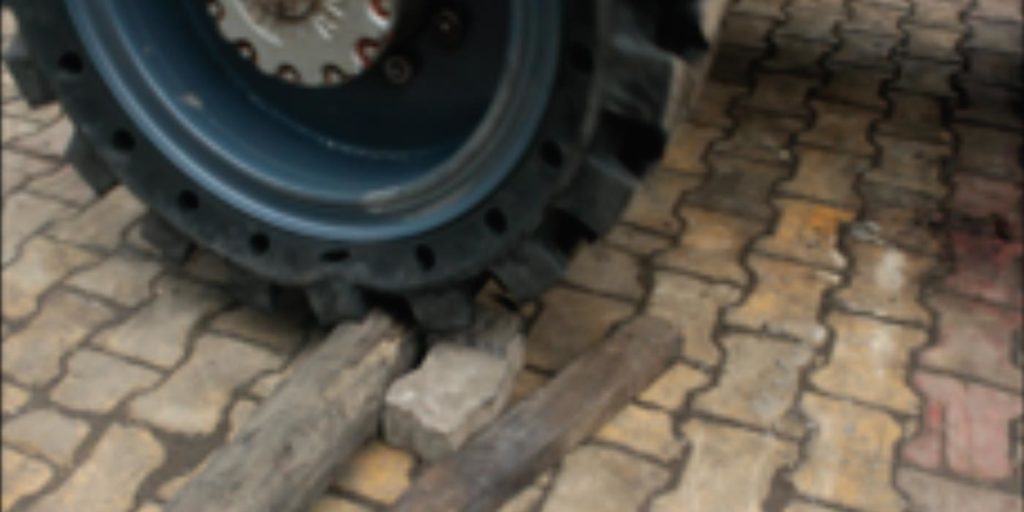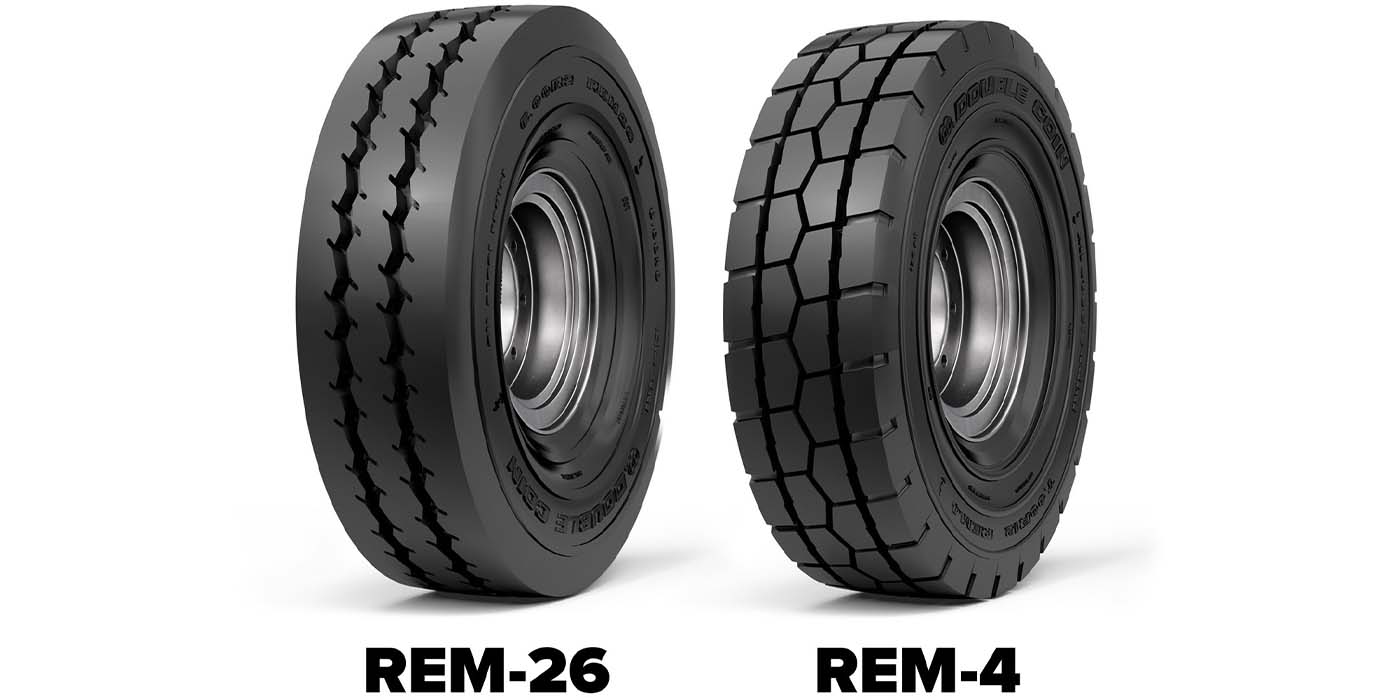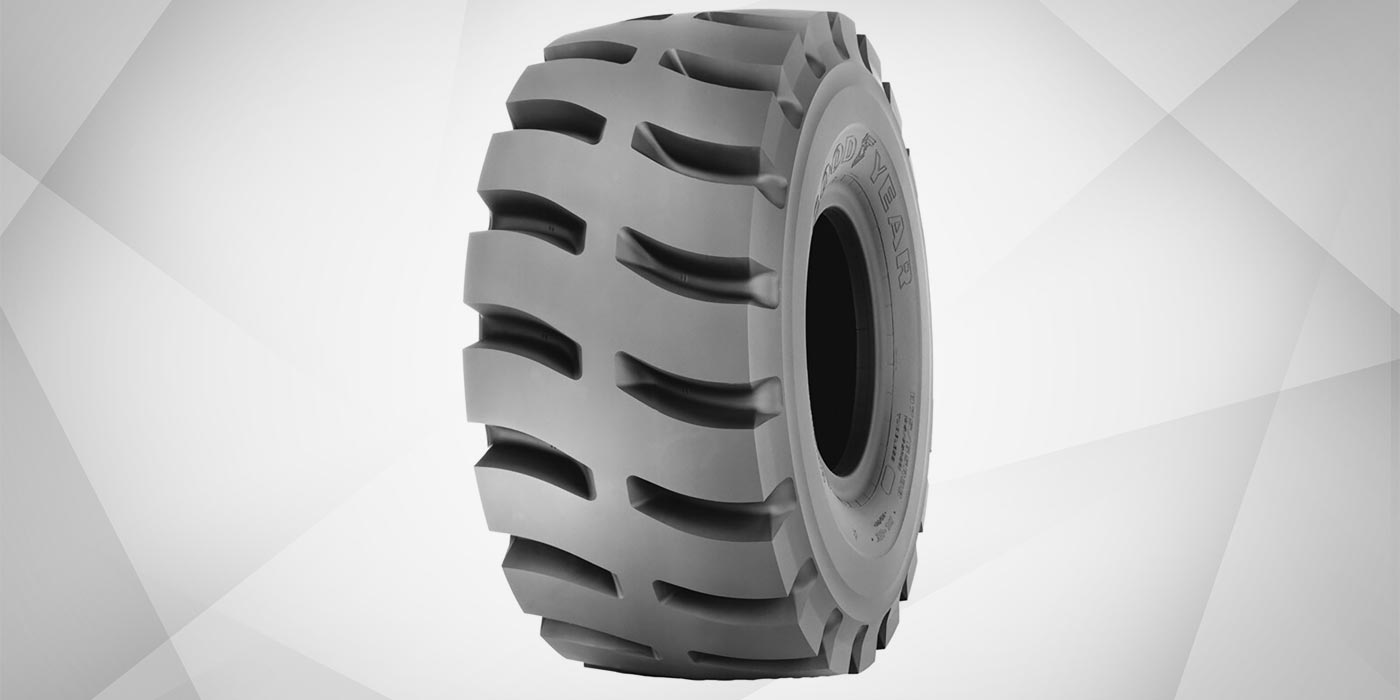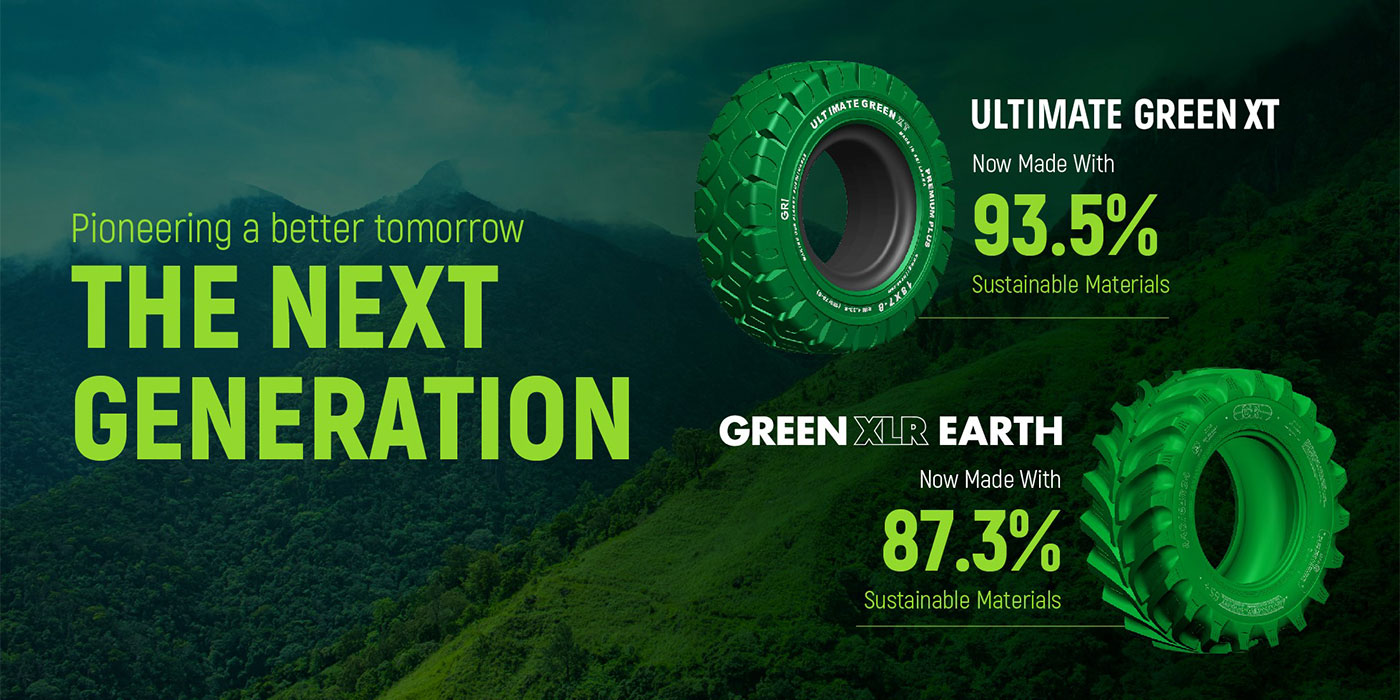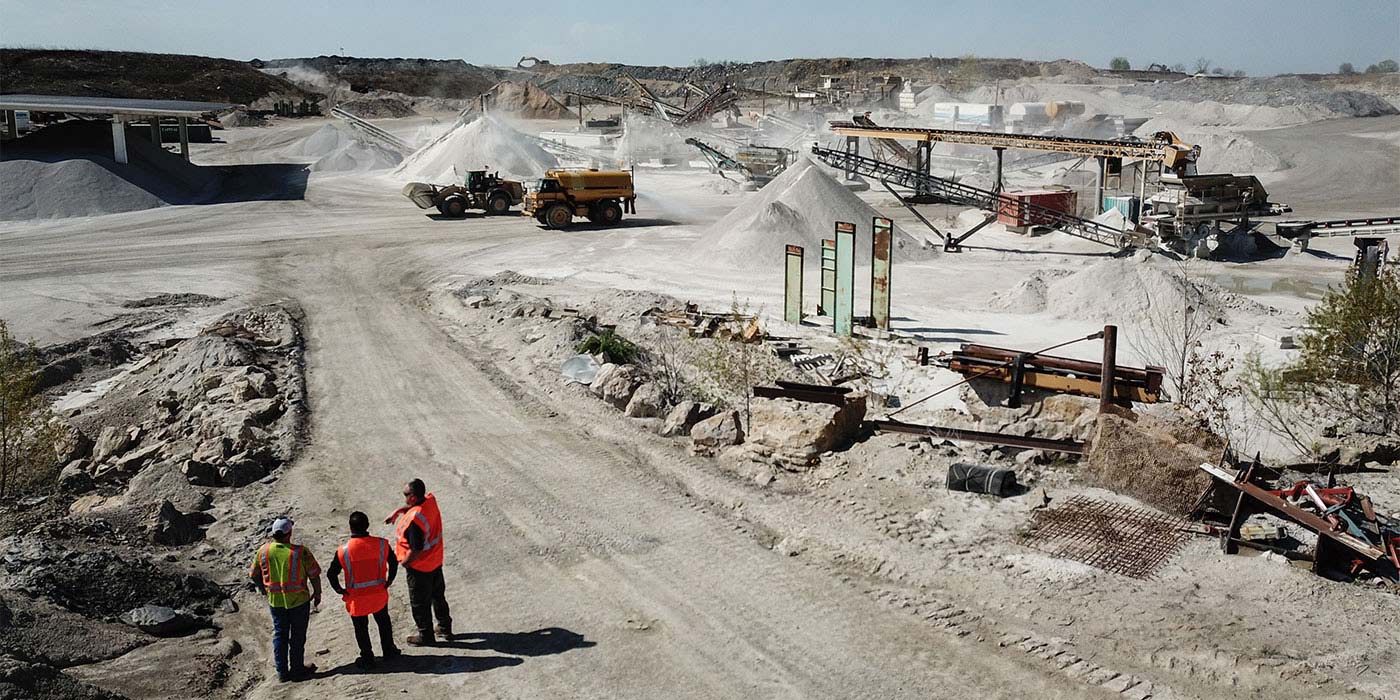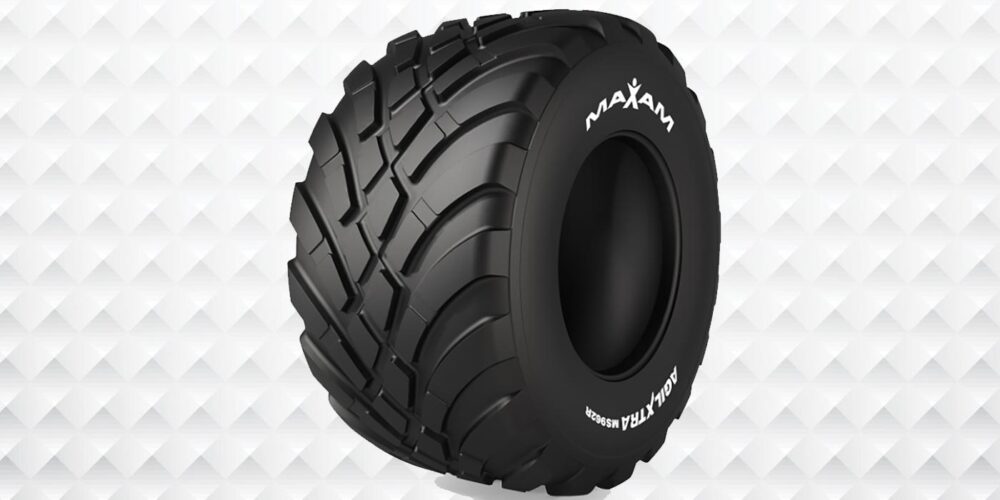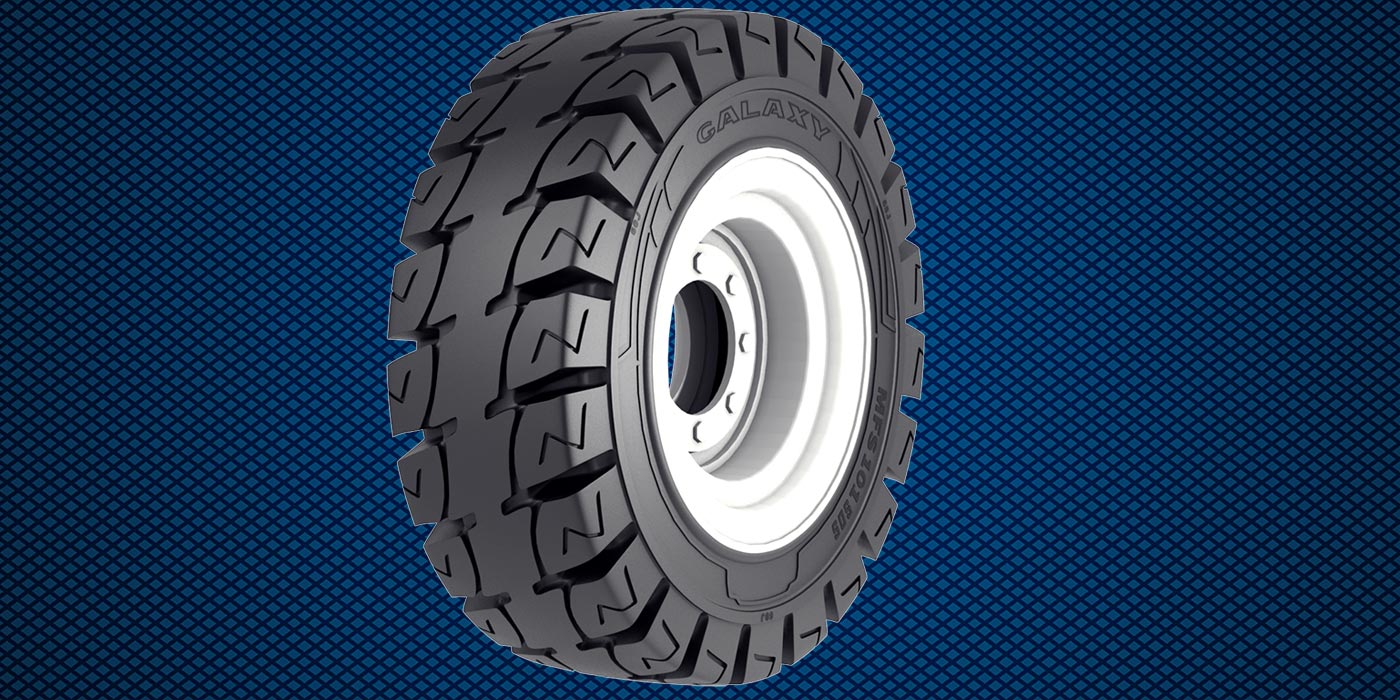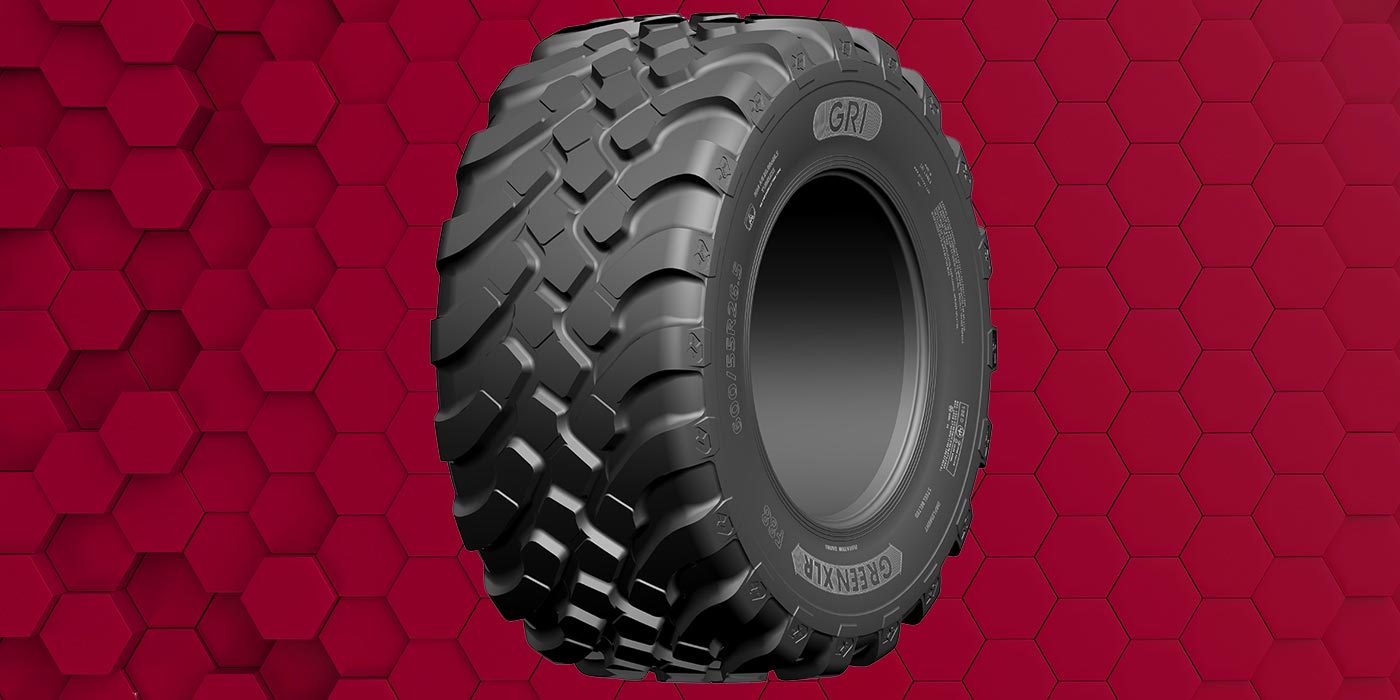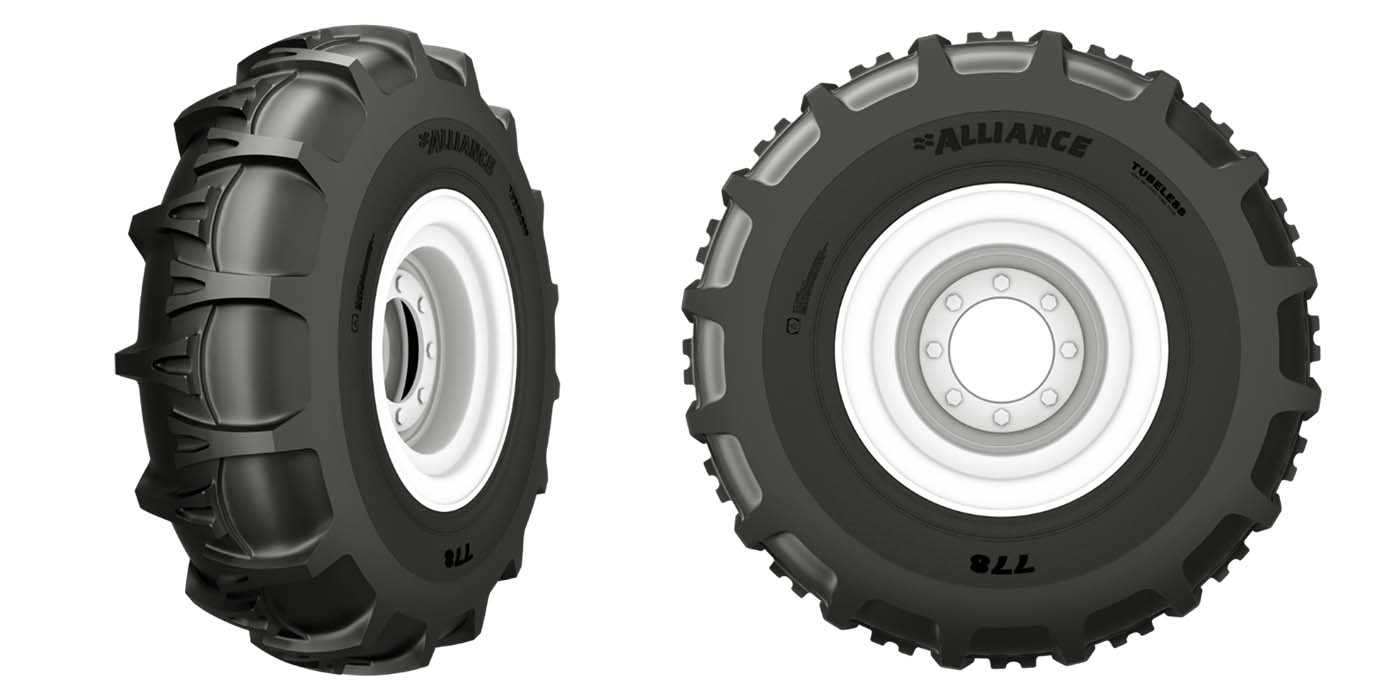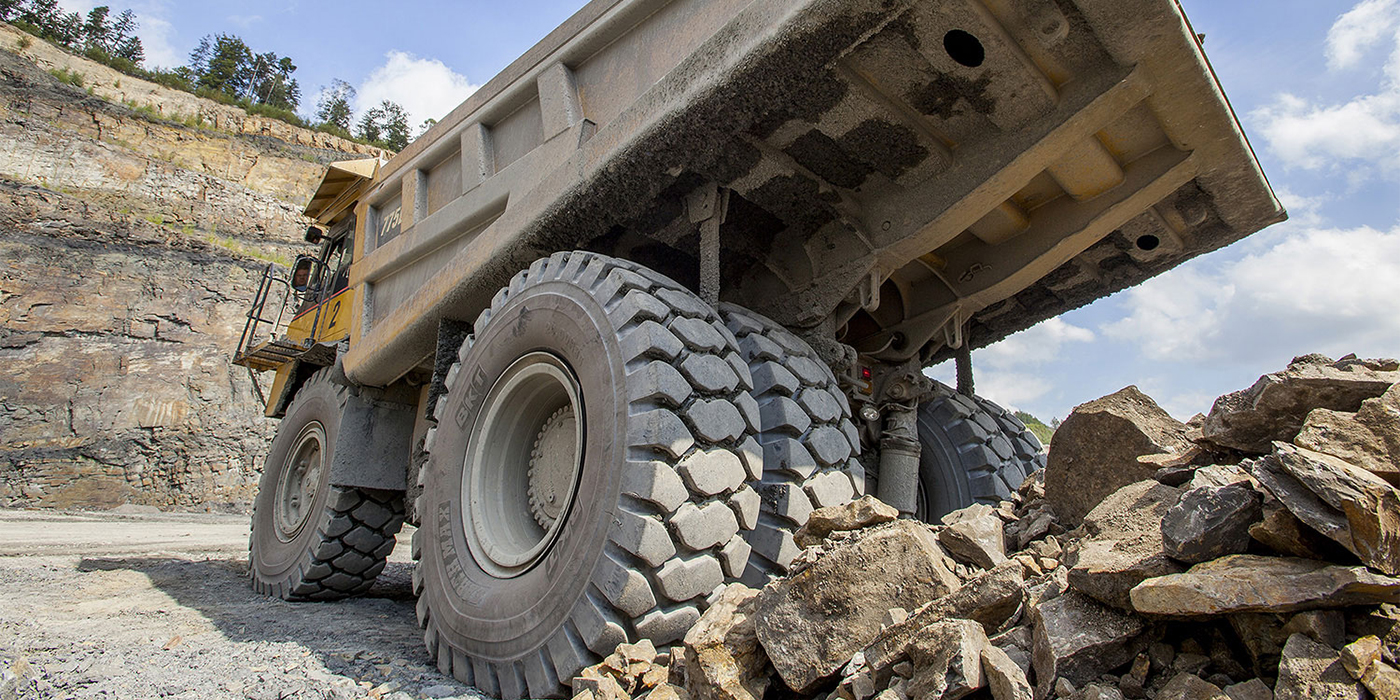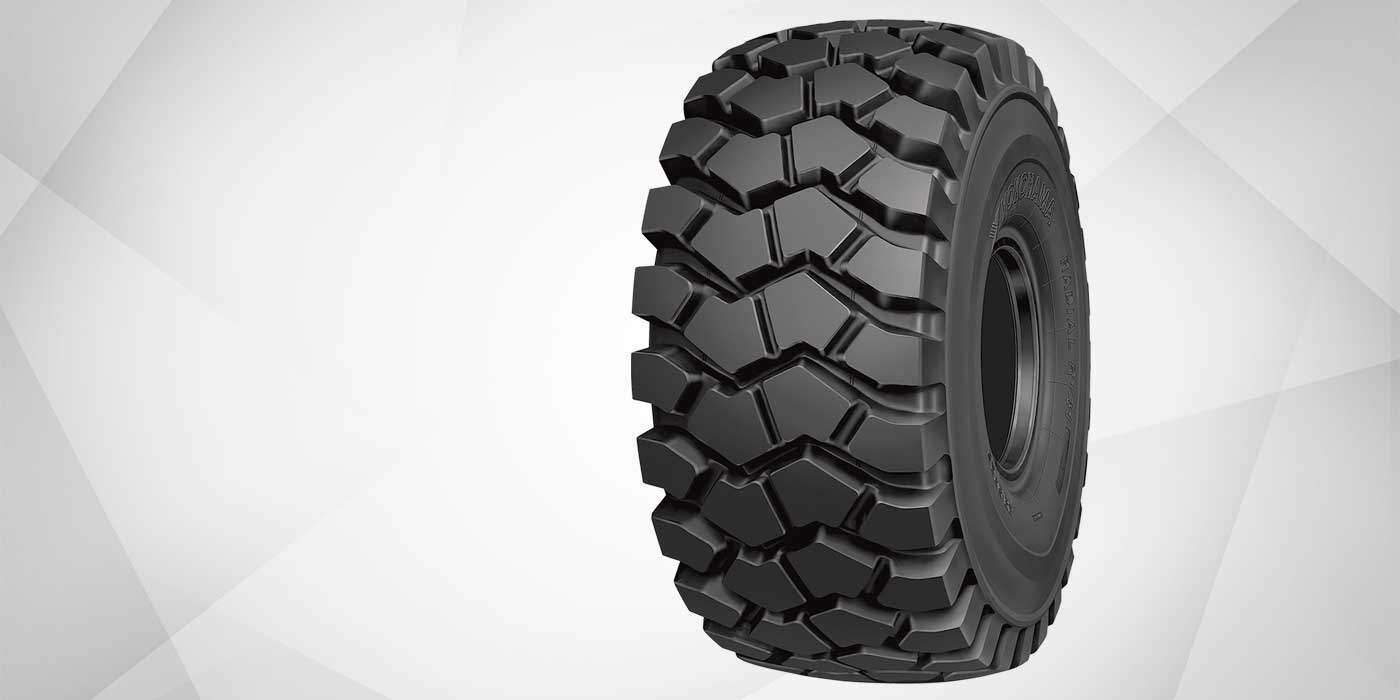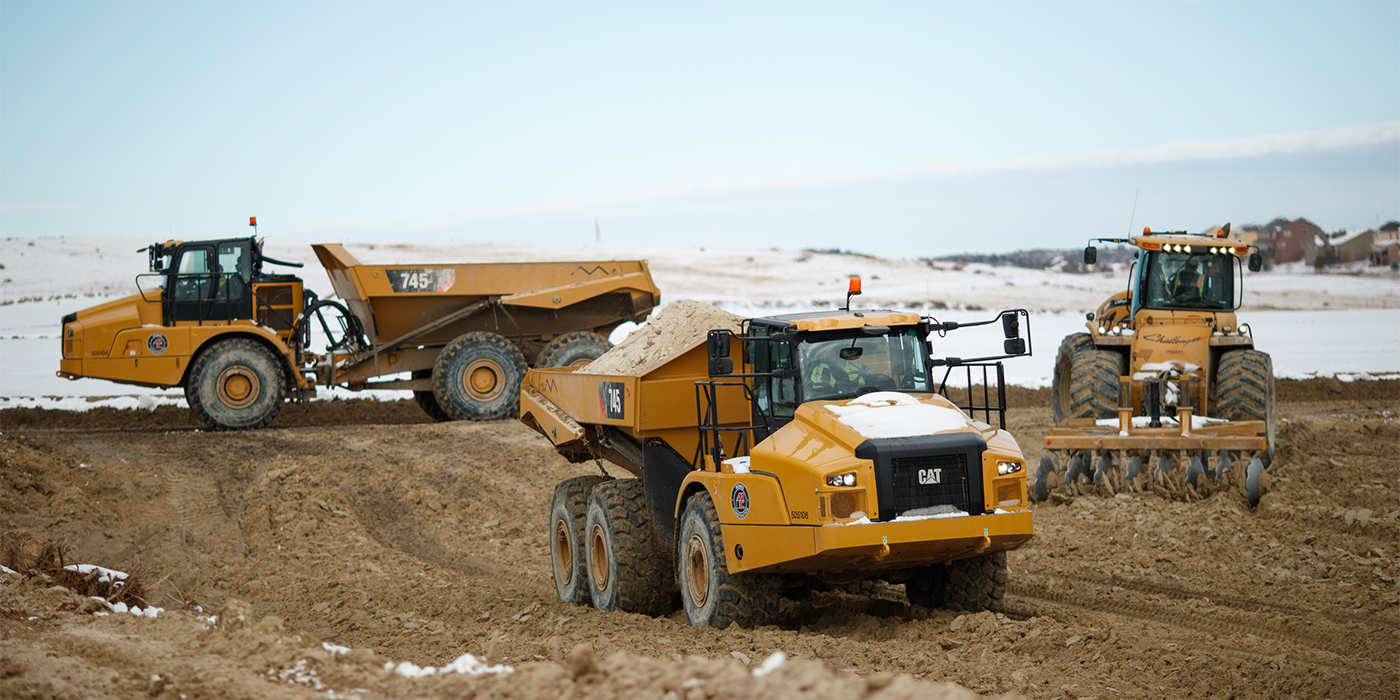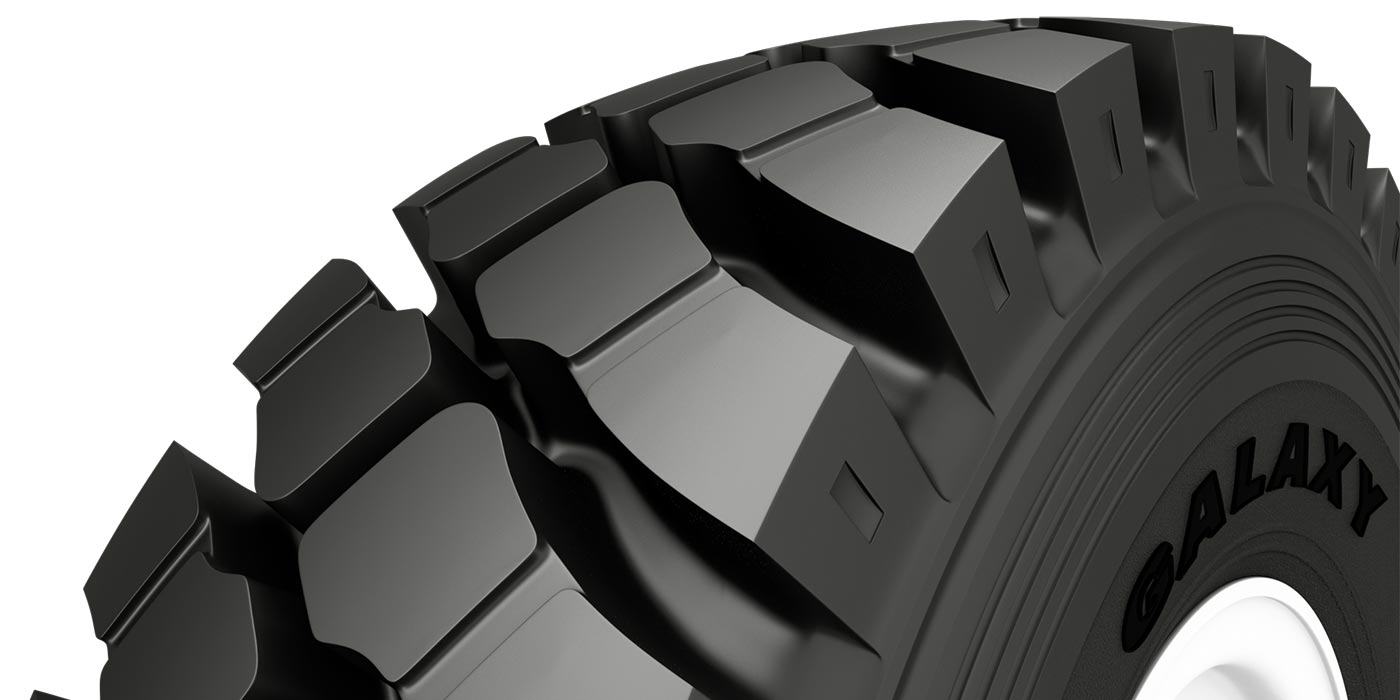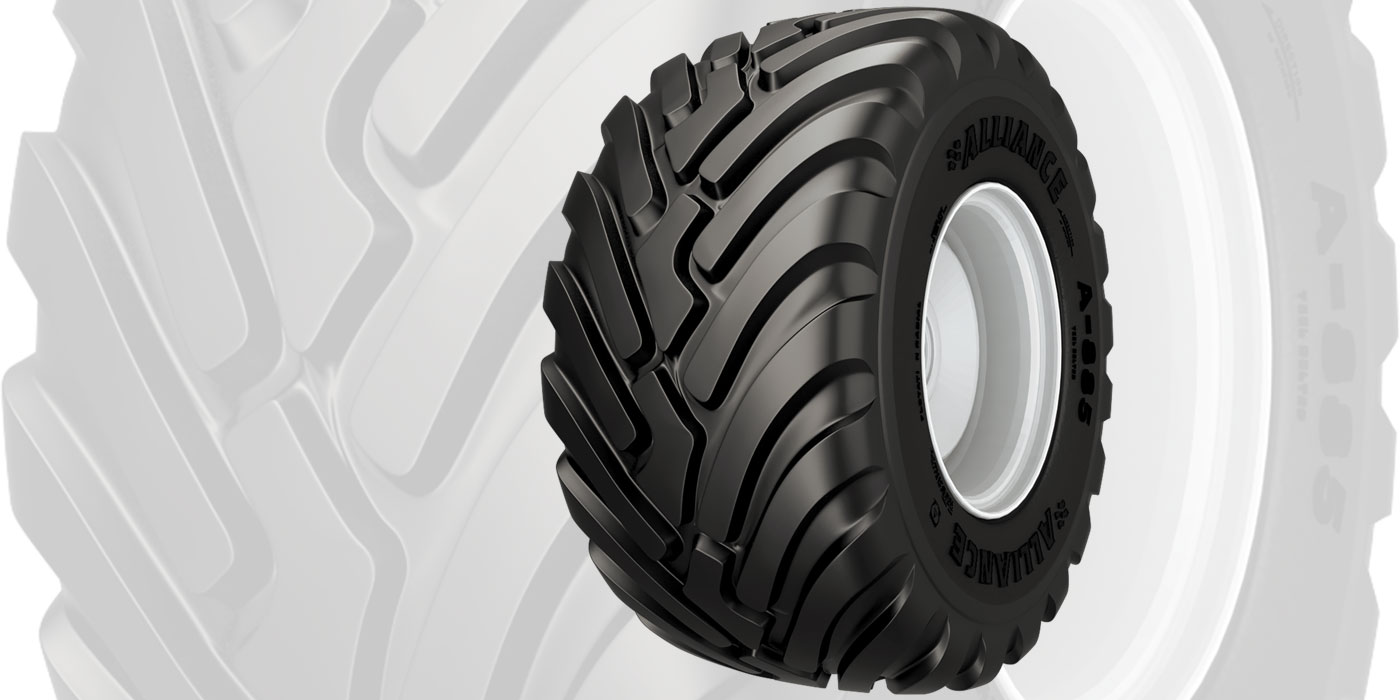Telehandlers are versatile, efficient, multifunctional machines that combine the lifting capability of a forklift with the reach and elevation of a crane. They should be fitted with tires that offer high stability given their applications, which include lifting heavy loads and reaching heights often on unstable or unfinished surfaces. Tires affect a telehandler’s reliability, ride comfort and total cost of ownership and will have a direct impact on a customer’s jobsite performance.
Currently, there are three tire options available for telehandlers—pneumatics, foam-filled pneumatics and solids. Tire dealers should consider the following factors when looking to recommend the best tire for the application.
1. Puncture resistance
Solid tires have a full rubber construction and offer maximum puncture resistance; they will never go flat! Foam-filled pneumatic tires are puncture proof but can be damaged by metal or sharp debris. If the tire suffers a severe puncture, the foam can come out of the tire and cause unpredicted downtime. On the other hand, pneumatic tires are not puncture-proof, and there is a greater chance a machine will be out of commission until the tire is replaced.
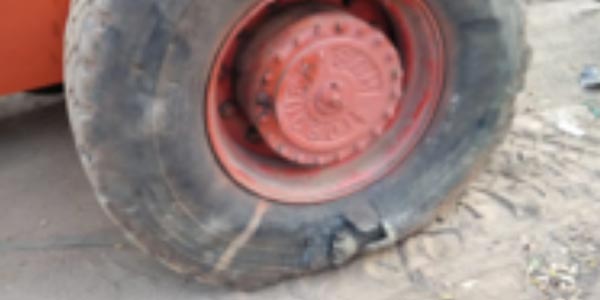
2. Damage resistance
Solid tires are highly resistant to cuts and impact damage and should be considered in applications where the underfoot conditions are harsh. Foam-filled tires have a similar resistance to cuts and chunking as that of pneumatic tires.
3. Service life
Solid tires have a deeper, wear-resistant tread and typically last three to four times longer than pneumatic tires. Air-filled pneumatic tires are an ideal choice for situations where the ground is soft, and heavier tires would sink into the ground and become stuck. For example, working outdoors in heavy mud and flooding conditions may be good for air-filled pneumatics. Foam-filled tires are significantly heavier than their air-filled counterparts and add weight and stability to the machine. This makes them suited for working conditions where the terrain is rough and uneven because the weight of the tires can help the telehandler remain steady over uneven ground. Similarly, solid tires are ideal for these rough conditions and can be fitted on a machine that works long hours under an amount of strain.
4. Stability and overall comfort
Air-filled tires are lighter, which means they provide a high level of flotation for the telehandler and allow it to be light on its wheels. The lightness and flotation of these tires provide a smooth and comfortable overall ride for the telehandler operator. While both foam-filled and solid tires offer very good stability, solids have lower deformation under loads. This can be an advantage given the role of telehandlers. Sidewall apertures help in shock absorption. Apertures also help in dissipating heat more effectively, making solid tires suitable for continious operations.
5. Total Cost of Ownership (TCO)
Although solid tires generally have a higher acquisition cost, they have an overall reduced operating cost during the lifetime of the machine. Air-filled pneumatics will be the cheapest option, since customers don’t have to pay for the cost of a filling, yet prices will vary depending on construction and size. Foam-filled tires are slightly more expensive because of the foam filling, while solid telehandler tires are the most expensive option because the whole tire is constructed from solid rubber. They cost more money to manufacture, meaning you pay a higher sale price. But, depending on the application, the TCO may be lower. When explaining total cost of ownership to customers, it’s important to look at serviceability and the potential cost of downtime, rather than just the acquisition cost.
Trident International (www.trident-intl.com) is a specialist in the design, development and distribution of industrial tires and tracks. Since 1997, the company has been developing tire solutions for construction, material handling, mining and other severe-duty applications. Additional information contributed by Access Lift Equipment.

